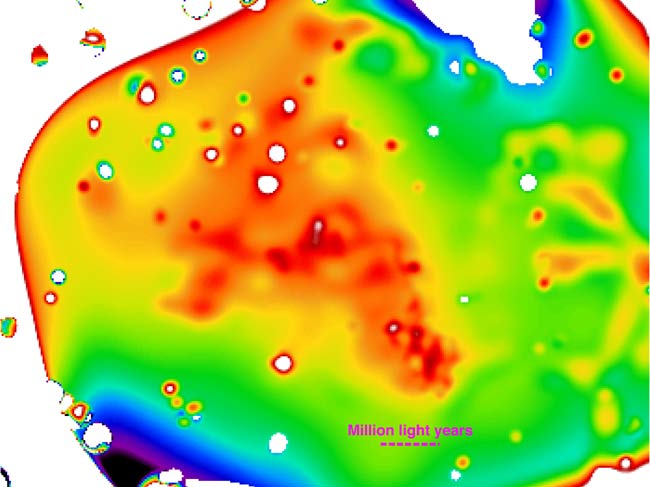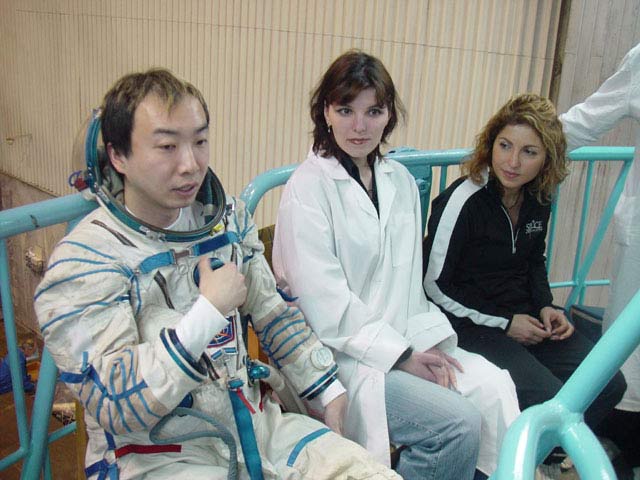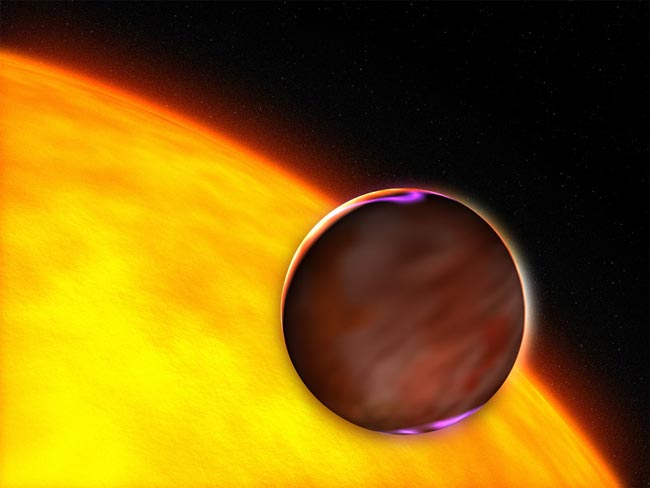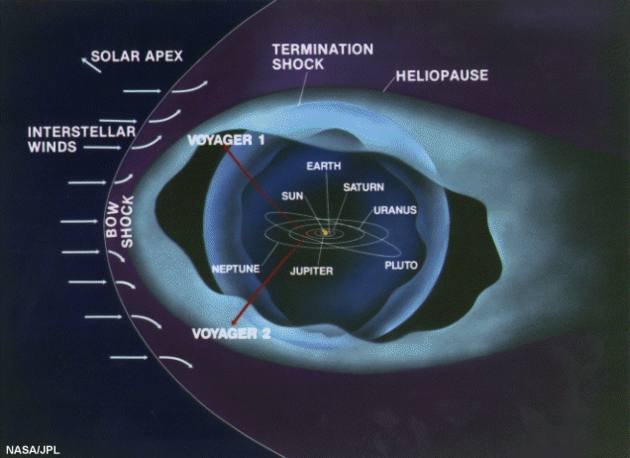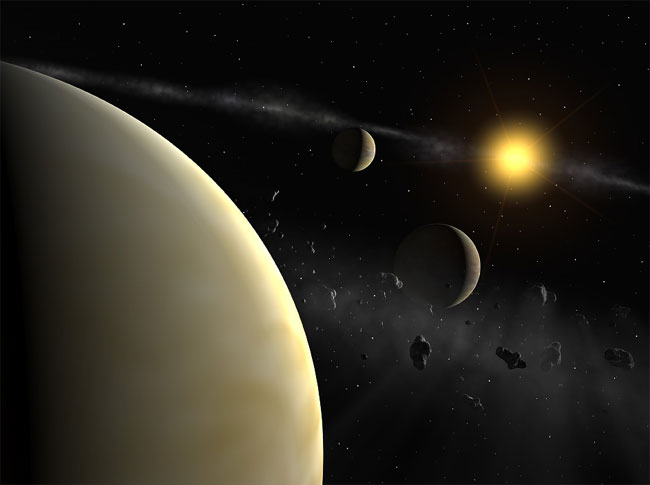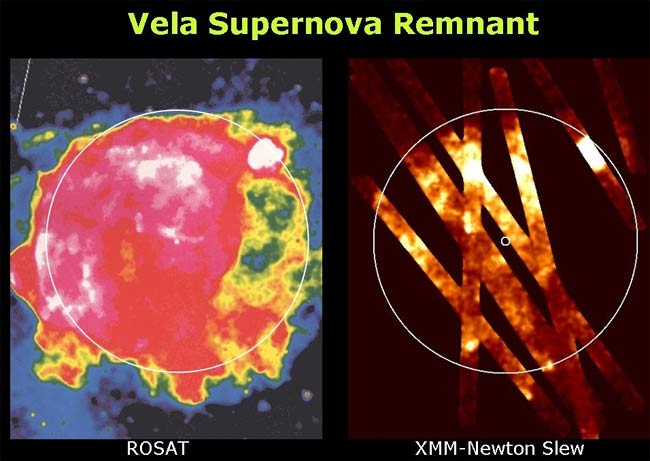Ker Than
Ker Than is a science writer and children's book author who joined Space.com as a Staff Writer from 2005 to 2007. Ker covered astronomy and human spaceflight while at Space.com, including space shuttle launches, and has authored three science books for kids about earthquakes, stars and black holes. Ker's work has also appeared in National Geographic, Nature News, New Scientist and Sky & Telescope, among others. He earned a bachelor's degree in biology from UC Irvine and a master's degree in science journalism from New York University. Ker is currently the Director of Science Communications at Stanford University.
Latest articles by Ker Than

Object Survives Being Swallowed by a Star
By Ker Than published
Millions of years before the Bible's tale of Jonah being swallowed by a whale, a brown dwarf emerged intact after being engulfed by a neighboring red giant, scientists say.
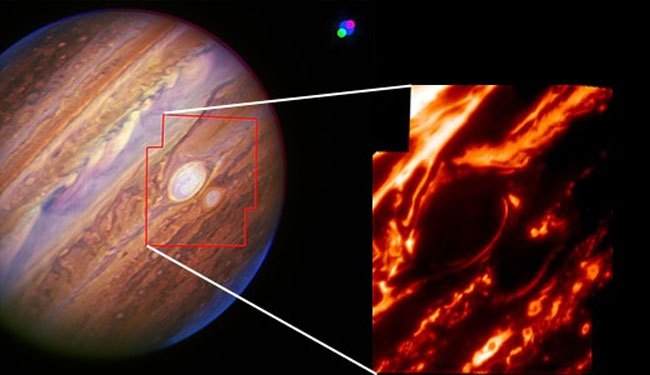
Differences Spotted in Jupiter's Big Red Storms
By Ker Than published
Near infrared images taken by the Keck II telescope on Mauna Kea in Hawaii show that Red Spot Jr. is much darker than its larger counterpart.
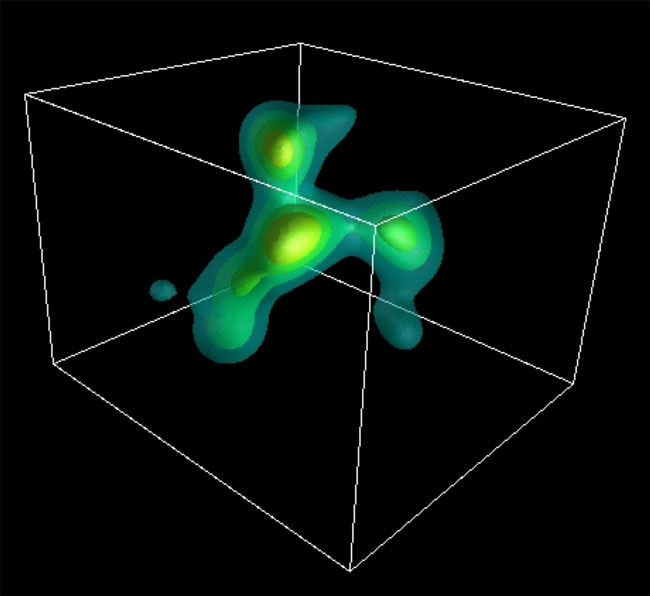
Newfound Blob is Biggest Thing in the Universe
By Ker Than published
An enormous amoeba-like structure 200 million light-years wide and made up of galaxies and large bubbles of gas is the largest known object in the universe, scientists say.
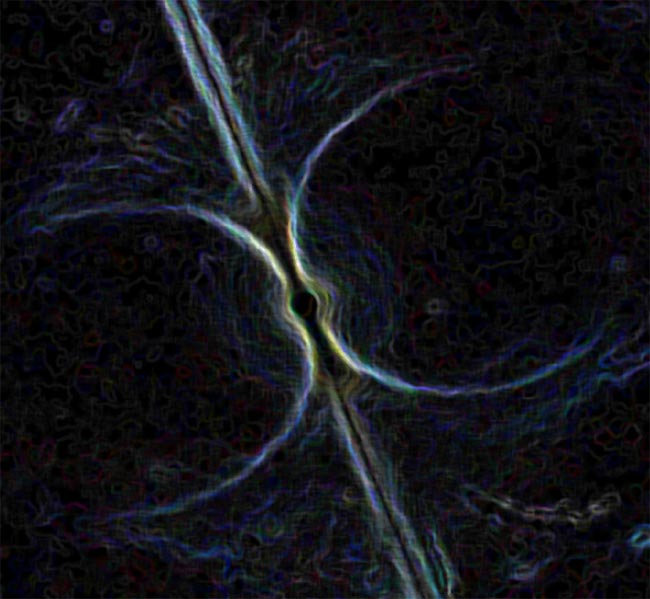
Hot New Idea: How Dead Stars Go Cold
By Ker Than published
A new study suggests that the mechanism behind the intense X-ray emissions generated by spinning stellar corpses known as pulsars needs revising.
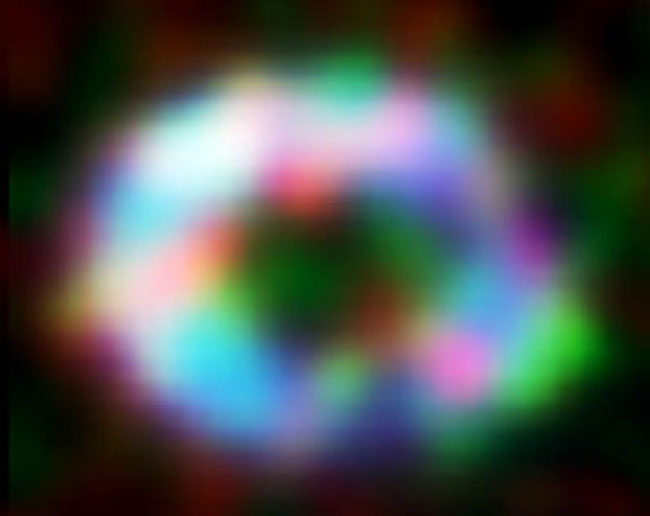
New Life in Dead Star: Supernova 'Changing Right Before Our Eyes'
By Ker Than published
Newly detected dust found around the burst remains of a dead star could help reveal how planets and stars formed and how life began.
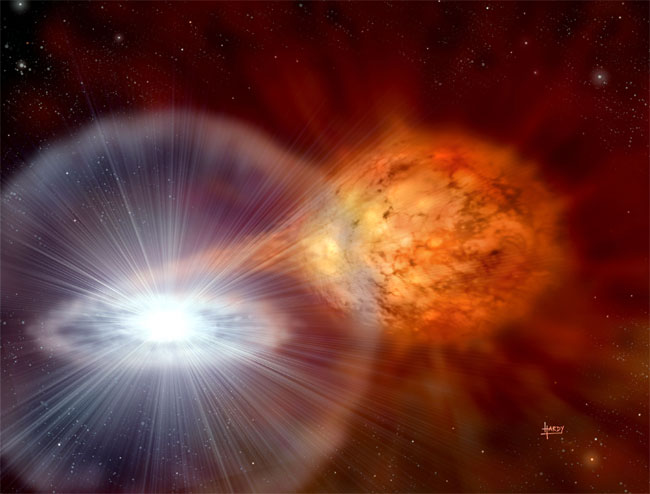
Mystery of Explosive Star Solved
By Ker Than published
In February this year, a typically faint star located only a few thousand light-years away flared suddenly and beamed so brightly that it was visible to the naked eye for a few days.

Full Recovery Expected for Hubble's Troubled Camera
By Ker Than published
The main camera aboard the Hubble Space Telescope will switch to a backup power source to correct an electronics problem that has prevented it from operating normally since Monday.
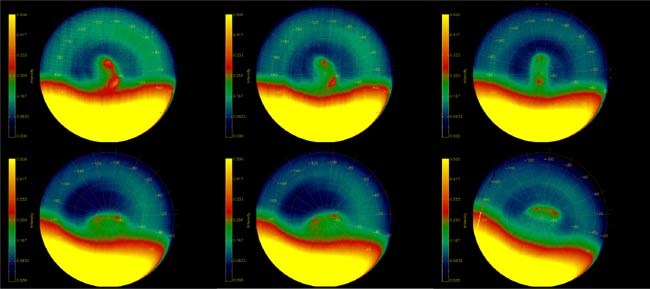
Venus' Double Vortex Confirmed in New Animation
By Ker Than published
A huge "double-eye" atmospheric vortex has been confirmed to exist at the South Pole of the planet Venus.
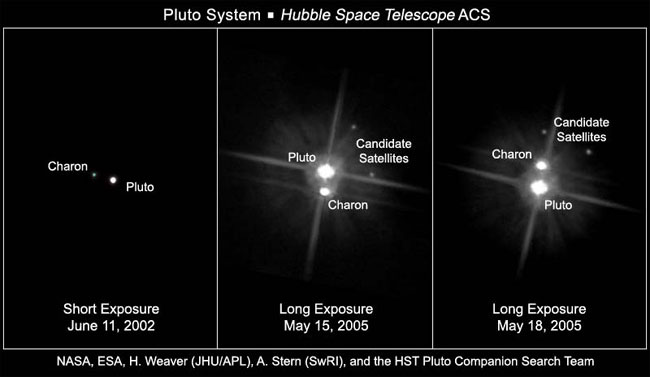
Pluto's Newest Moons Named Hydra and Nix
By Ker Than published
The International Astronomical Union has officially christened Pluto's two newest satellites Nix and Hydra.
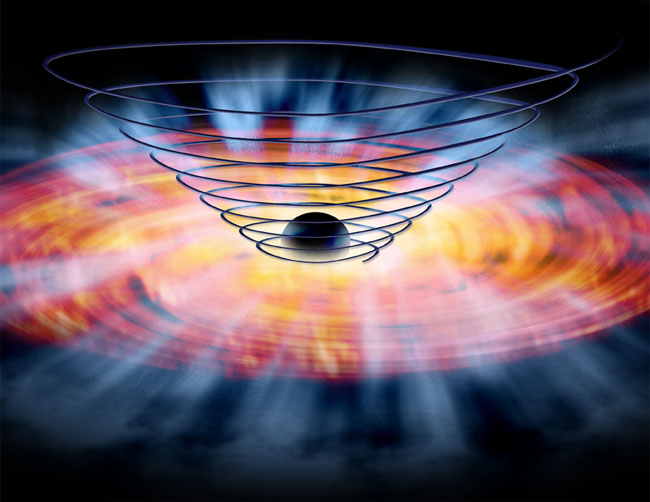
Magnetic Fields Nudge Matter Into Black Holes
By Ker Than published
Contrary to what you might think, a black hole's gravitational tug isn't strong enough to send matter falling into its center. It's magnetism that provides the final nudge inwards, a new study finds.
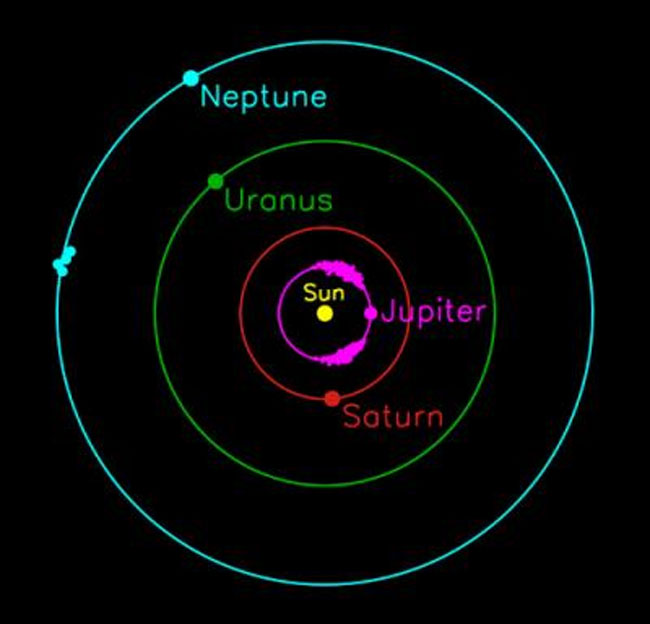
Neptune Linked to Potential Swarm of Asteroids
By Ker Than published
Three new rocky bodies have been detected in the same orbit as Neptune, bringing the total number of the gas giant's asteroid companions, or "Trojans," up to four.
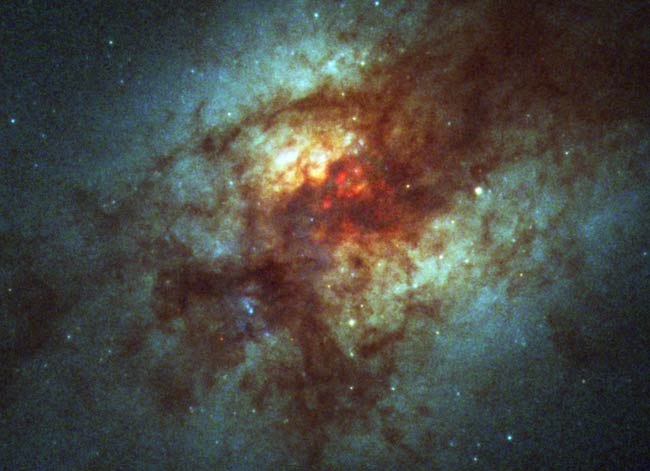
Hubble Spies Multiple Star Factories
By Ker Than published
Astronomers have uncovered a frenzy of star forming activity in the dusty cores of two merging galaxies 250 million light-years away.
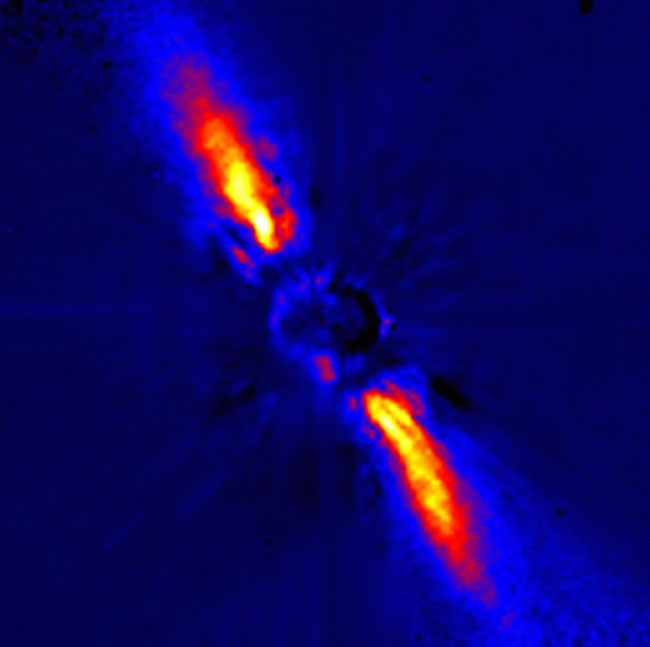
Star's Planets Might Have Mountains of Diamonds
By Ker Than published
Scientists have detected large amounts of carbon gas in the newly forming solar system around Beta Pictoris, a young and well-studied star located some 60 light-years away.
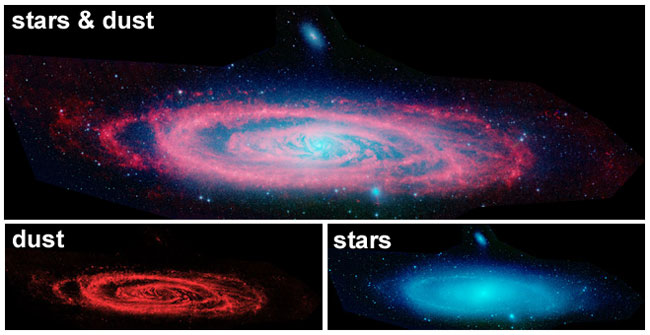
Andromeda Revealed: New Closeups of Our Galactic Neighbor
By Ker Than published
A flurry of new images from ground and space telescopes are refining astronomers' ideas about our galactic neighbor Andromeda.

Jovian Storms Prepare To Duke It Out
By Ker Than published
Astronomers on Earth will have ringside seats to a face-off between two of the biggest storms in the solar system.
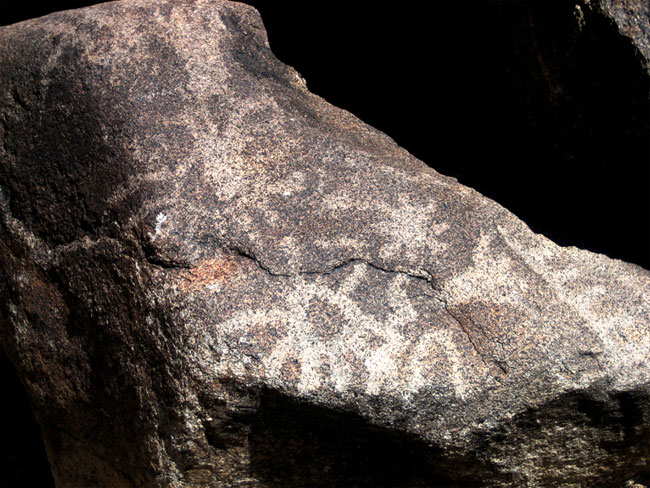
Ancient Rock Art Depicts Exploding Star
By Ker Than published
A rock carving discovered in Arizona might depict an ancient star explosion seen by Native Americans one thousand years ago, scientists announced today.
Get the Space.com Newsletter
Breaking space news, the latest updates on rocket launches, skywatching events and more!

